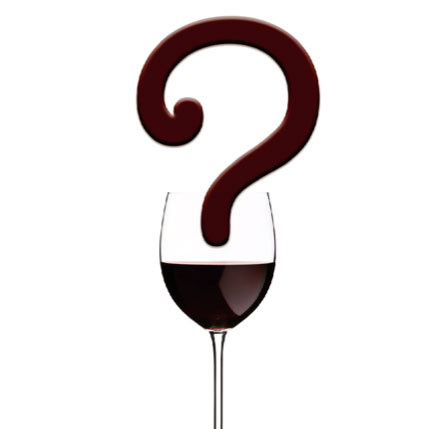I recently inadvertently added the wrong yeast to a new batch of frozen Chardonnay juice.
Q: I recently inadvertently added the wrong yeast to a new batch of frozen Chardonnay juice. I had planned on using Lallemand’s ICV-D47 but picked up Red Star’s Côte des Blancs, it was four days into the fermentation before I caught the mistake. I immediately went to Daniel Pambianchi’s book Techniques in Home Winemaking to learn about the qualities of Côte des Blancs and found out it is not recommended for malolactic fermentation, which I had planned on doing. The wine is fermenting at a temperature of 58 °F (14 °C) and the SG is 1.042. When I started, the readings were S.G.: 1.102, pH: 3.4, TA: 0.72. My question, why is Côte des Blancs not recommended for MLF? If I do inoculate what are the down sides, if any?
— Bill Holder • Brantford, Ontario
A: I’m glad you wrote in this question. It points to the importance of thinking about our wines in the big picture sense. Decisions we make in the beginning can affect what decisions we may be able to make — or have to make — later on. In your case, you’re worried that your choice of yeast — Côtes des Blancs — may keep your Chardonnay from going through malolactic fermentation later. The bad news is, yes, it may prevent it but the great news is that there are a couple of things you can do to mitigate the problem.
First off, let’s talk a little more about your yeast. I talked to the man himself (Daniel Pambianchi) and he confirmed my thoughts: Côtes des Blancs yeast is a very hungry yeast and a very “gourmet” eater. What this means for fermentation is that while Côtes des Blancs chews through the sugar in your Chardonnay, it is also gobbling up the amino acids, nitrogen, vitamins and other micronutrients vital for a healthy fermentation. Unfortunately, Malolactic bacteria happen to be what microbiologists call a “fastidious” fermenter. Like yeast, they too need some of these same micronutrients to survive, grow and thrive. The good thing is that you can pre-emptively feed your juice or must with a commercial yeast food mix like Superfood or Fermaid K. There are a lot of alternatives out there on the market, just pick a balanced one without a lot of diammonium phosphate, which one winemaker I used to work with called “junk food for yeasts.” If you use a nutrient-needy yeast you should also, after primary fermentation is over, supplement your new wine with a malolactic booster like Leucofood. These MLF-specific mixes carry a laundry list of micronutrients especially formulated to meet the needs of malolactic bacteria. I sometimes add a small dose of MLF nutrients to my wine anyway if I suspect I have any conditions that may inhibit malolactic fermentation like high alcohol, low pH or low temperature. ML bugs are notoriously picky about their environment so it’s important to coddle them a bit to encourage them to do their job.
You also could try a partial-ML Chardonnay, a style that is gaining traction in the commercial winemaking world. With more malic acid left in the wine, the flavor profile is crisper and fresher and the wine is a bit more refreshing to drink. However, having residual malic acid in a wine puts it at constant risk for a malolactic refermentation, which, if it happened in the bottle, would leave you with spritzy and possibly cloudy wine. Partial-ML wine needs to be stored cold or sterile filtered, both before and during bottling, in order to prevent this from happening.
Lastly, I assume that when you pitched your yeast the juice wasn’t still frozen! Ideal yeast pitching temperature will differ depending on the yeast strain used, but I never inoculate a lot that is below 55 °F (13 °C). Best of luck to you and your malolactic bugs.


